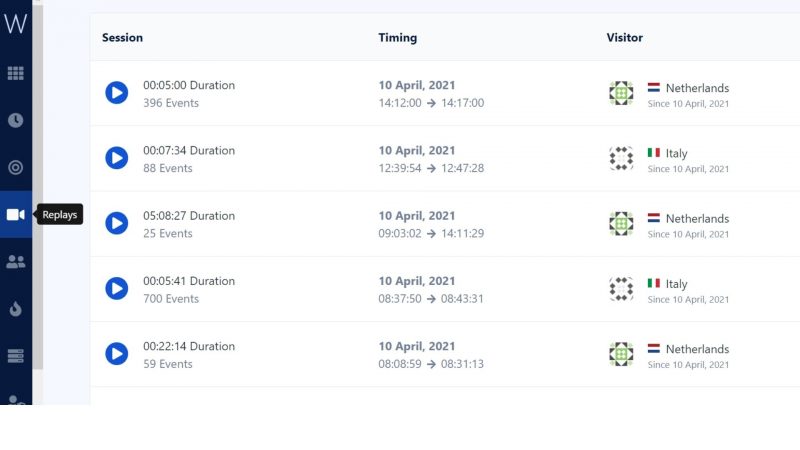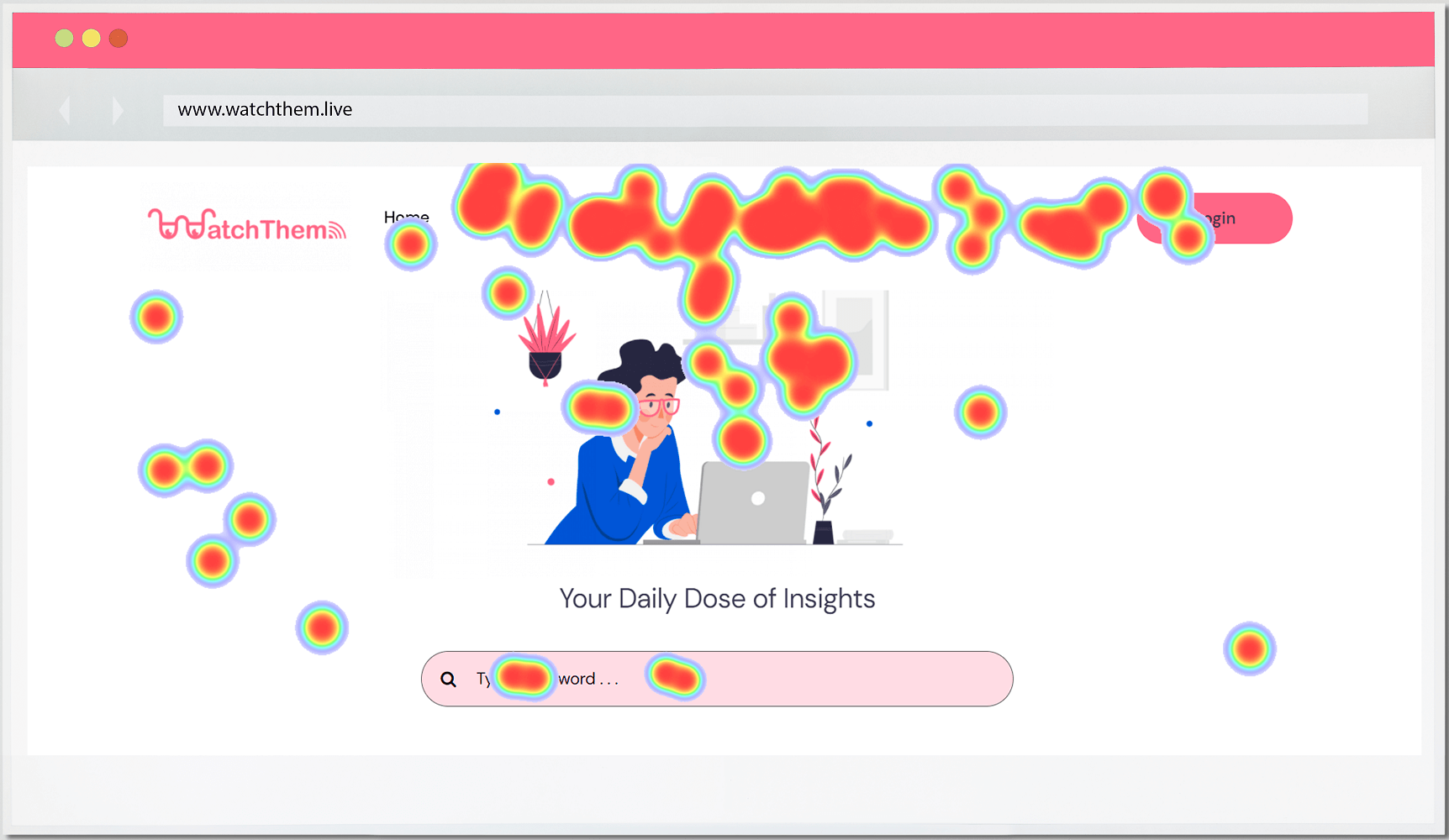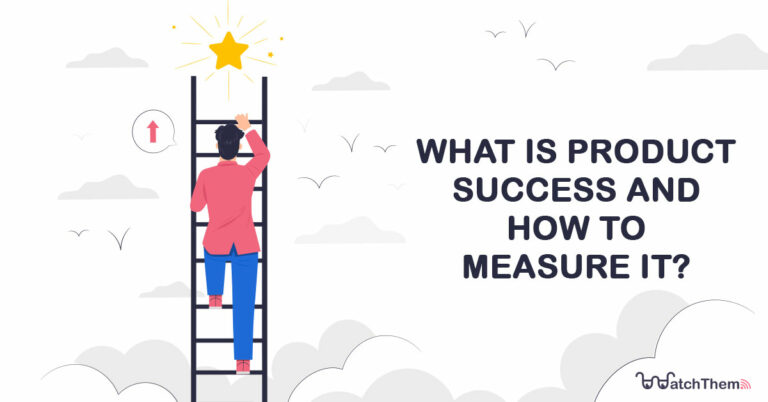Page Contents
Goals are vital in defining and measuring success. Even if the road changes, once a plan is set, the destination is apparent. Outlines help you tie your mission to your strategy, roadmaps, projects, and tactics by assigning a target and a time frame to the single metric you care about the most. This technique will help your team define success in the best way possible.
There are tools in the market to help you quantify product success early on. So, you won’t continue wasting money on something that isn’t working or overlooking a minor feature that is a crucial characteristic of your product that you are unaware of, for example.
In this post, we’ll discuss every possible angle of product success and the ways you can measure it.
For more articles on marketing strategies and product services
What Is Product Success?
A successful product meets the designers’ goals while also pleasing the user in every conceivable way. To be more precise, a successful product:
- Is a good match for the market
- Has organic traffic
- It appeals to customers
- Is utilized regularly by customers
- Has a lower churn rate.
- Boosts your conversion rate
What Does Product Success Look Like for Different Products?
First, there are plenty of key performance indicators (KPI) and metrics to measure product success.
Using all of them for the first time probably is not a wise choice. They will make you get lost in complexities. Even if you don’t, you’ll likely get overwhelmed at first.
Let’s take a look at Netflix. The daily and monthly active user (DAU and MAU) rates can be used to determine whether Netflix is a successful product. This is because Netflix’s primary goal is to stream movies and series to replace television viewing, which is done at least twice a week.
Another example is the net promoter score (NPS) metric for a hotel recommendation app rather than DAU as not everyone needs a new hotel every day,
How Do You Measure Product Success?
Using KPIs, the fundamental purpose of calculating product success is to improve its effectiveness while increasing your customer health score.
I mentioned KPIs. Let’s look at some of the most common indicators and product success metrics that apply to most businesses:
1. Net Promoter Score (NPS)
As its name suggests, the NPS metric evaluates the percentage of users promoting (recommending) your product as well as the detractors.


To put it another way, it uses a 10-point rating system. Those who give you a score of:
- 0 to 6 are your detractors
- 7 or 8 are impartial
- 9 or 10 are your promoters
As you can see, in order to set an NPS score target, you need to know exactly how your customers think and behave. After all, how can you assist people if you don’t know what they want?
2. Client Retention Rate (CRR)
The percentage of your loyal consumers is referred to as CRR. These are the customers who have remained loyal to your company and business for a long period. Those that are happy with your product continue to use it.
To calculate the CRR, you should choose a specific period length. Then, you have to subtract the number of new customers who joined during the period from the total number of customers. Now divide the result by the number of current customers at the start of the period, and multiply it by 100.
3. Active User Percentage (DAU, WAU, MAU)
It’s not true that just because you get new customers, you’ll be able to keep them forever.
If you look at your daily (DAU), weekly (WAU), and monthly active user (MAU) percentages, you can see if you have a high CRR or NPS.
To calculate the DAU, you’ll need to use a service like Google Analytics or WatchThemLive to figure out how many customers logged in that day to use your product.
WAU and MAU are in the same boat.
However, it’s possible that not every product needs a DAU goal.
How Does a Product Become Successful?
New items are constantly being presented to the market, yet most won’t succeed. Many innovators are unaware that their failure is due to how their invention is presented, not some major flaw in the product itself. Making it through the planning stage and development isn’t usually enough for achieving product success.
Here’s what makes a product successful:
1. Addressing Customer Needs
Many products fail because they can’t satisfy a specific demand or solve a specific problem in customers’ lives. Customers are frequently looking for more than simply fashionable new things; they want day-to-day solutions. Consumers, for example, aren’t seeking microwaveable meals; they’re looking for a quick solution to the challenge of preparing dinner in a short time.
That demand must be clearly understood and addressed for marketing to be successful. It’s time to introduce the answer — your new product — once the need has been discovered.
2. Offering a Good Price for the Value
You must describe the value of your product or service after you’ve recognized client demands and provided an acceptable answer. Even if you find a widespread problem with no other solution in the market, no one will buy a product that isn’t worth the money. Customers will find a replacement that’s not overpriced.
For example, if clients require a hole to be drilled, but your drill has a high price, they may try to use other tools they already own or reconsider the necessity of drilling the hole. Customers must be able to justify their purchase through pricing.
3. Availability
Even if your product is flawless in every way, clients will choose an alternative or avoid the solution completely if it is difficult to obtain. You must examine the distribution thoroughly, including where, when, and how clients might obtain your product. Consumers should have a simple and painless experience no matter which distribution strategy you use. Nobody wants to spend time following difficult internet instructions or making multiple phone calls merely to receive a product.
Simple, straightforward, and honest procurements reassure clients that they have made the right decision and ensure a relationship that lasts long with your firm.
What Is Essential to Product Success?
Now let’s see what essentials to keep in mind to make your product a successful experience:
1. Awareness of Your User’s Behaviors
Knowing your customers’ behavior keeps you a step ahead of your rivals. WatchThemLive analytics is the way to go here.
Our services include a user behavior tracking tool that provides you with valuable information about the visitors to your website. Analyzing this data is the most effective technique for developing a buyer journey map and identifying your website’s weak and strong spots. You can accomplish this through two primary services:
- Session Replay: With session replay, you can observe the client’s experience from beginning to end and identify areas where they may struggle or fail to respond appropriately.


- Heat Maps: With heat mapping in hand, you can also gain a top-down view of your website to determine where the customer’s interest is focused.


Sign up right now for our free software that will stay beside you and provide you with all sorts of help.
2. Work SMART
To keep things moving, use SMART goals (specific, measurable, attainable, relevant, and time-bound) and INVEST guidelines (independent, negotiable, valuable, estimable, small, and testable.) Keep your focus on the problem at hand, not the solution you’ve chosen. The solution that works this year might not work next year, but the problem remains the same. Avoid dogmatism, which is the assumption that there is just one correct way to do anything. Hold discussions in which expertise and experience, rather than book knowledge, take precedence.
3. Get Independent Estimates
It’s important to consider whether you’ll be able to afford your MVP. Avoid depending only on a software development company that estimates from your own team or a startup consultant. Consider receiving a software estimate from a third party with a one-time task of precisely estimating the MVP’s time to market. Also, the estimation can help you hire dedicated developers. Hiring skilled developers in-house is a time-consuming process that costs money in terms of time, effort, and overhead. As a result, many offshore software development companies opt to hire dedicated offshore developers.
Conclusion
The effectiveness and competency of your team members are maybe the most critical part of success that cannot be put into words. This article, however, is an excellent place to start ensuring success for your product development if you have a good team in place.

